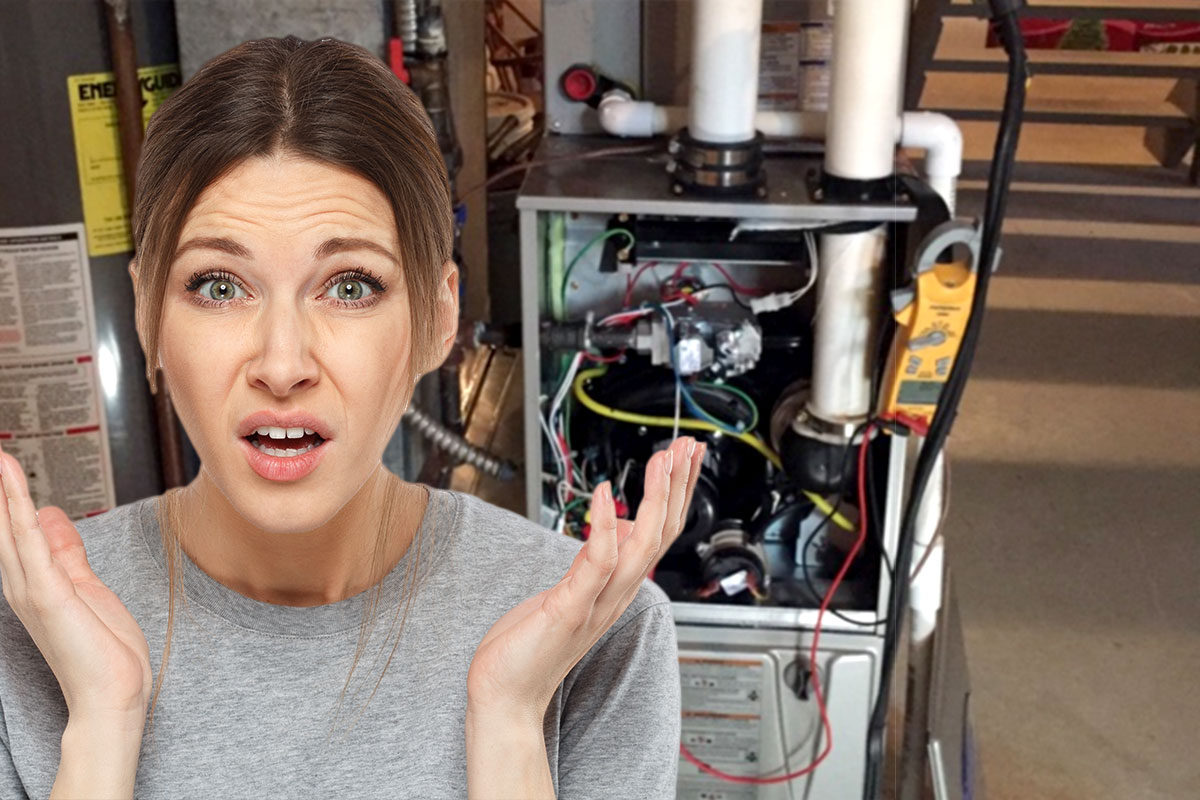You rely on your furnace to keep your home warm throughout the long winter months. When you suddenly find cold air is coming through your vents instead of warm air, however, it can be quite alarming.
While your first instinct may be to call a HVAC Contractor to fix the problem, there are a few things you may be able to do on your own. Not only will this save you the money you would spend on a service call, it will have your home heated much more quickly than if you waited for the technician to drive to your location. Here are the first things you should do if your furnace isn’t providing heat to your home.
Check Controllers
Your first stop should be the thermostat in your home, which is where most heating and cooling issues can be easily resolved. Someone in your household may have flipped a switch to cool, especially if the weather has been warm during the daytime hours and cold at night. Make sure your thermostat is set to “auto,” which will keep the heat goings. If it’s set to “fan,” your system will push air through your vents even when heat isn’t working properly.
If troubleshooting your thermostat yields no results, the next step is to check your circuit breaker. You may be able to fix your issue with the flip of a switch. If your panel has fuses, check the applicable ones to determine if they might be broken. If you see discoloration, take the fuse to your local hardware store to find an exact match.
Check the Unit
You may not realize this, but your furnace has a power switch that can find its way to the “off” position one way or another. This switch can be located on the unit itself or on a nearby wall. Someone may have mistaken this switch for one that controls lights and flipped it. If installed correctly, the furnace should be on when the switch is in the up position but it might be worth a try to try the down position if your furnace isn’t working.
If your furnace is gas, you should also check to ensure the gas valve is turned on. It should run parallel to the pipe if it is. If so, you should also look to see if the pilot light is lit. In newer furnaces, a new igniter might be necessary to get the furnace running once again. You can also check to see if the blower motor is moving air.
Even if you’re familiar with the workings of a furnace, often it’s best to contact a professional once you’ve moved through the basic troubleshooting steps. There are some types of Furnace Repairs that can be unsafe to do on your own and besides, a licensed technician often has the parts on hand to quickly repair any problems you’re having.
Are you having problems with your furnace? We’re here to help. Contact us to ask any questions you have about basic troubleshooting measures you can take.




